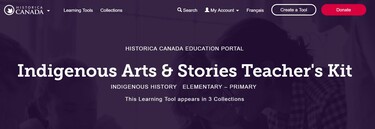
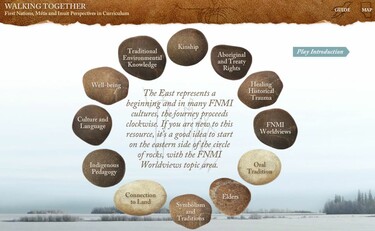
Sample Lessons for First Nations, Metis and Inuit Resources - Talking Together: A Discussion Guide for Walking together
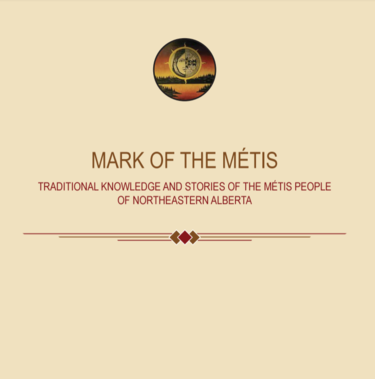
Mark of the Metis - Traditional Knowledge and Stories of the Metis People of Northeastern Alberta
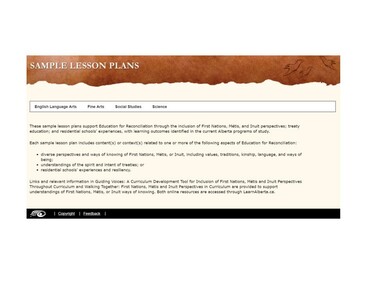
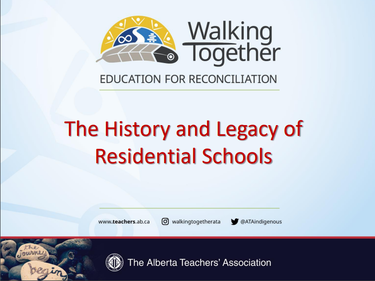
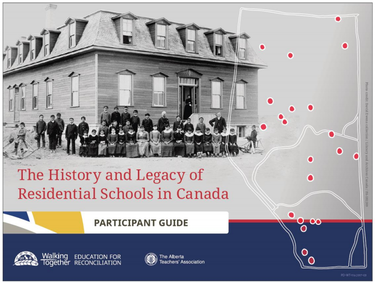
The History and Legacy of Residential Schools in Canada - Participant Guide
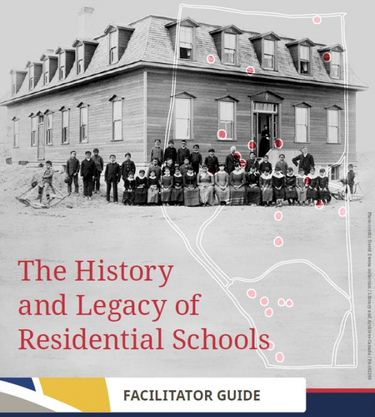
The History and Legacy of Residential Schools - Facilitator Guide
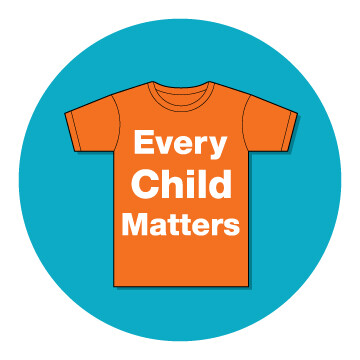

Education is Our Buffalo - Written by a team of Indigenous writers, this guide is intended to increase awareness of Indigenous history, cultures, languages, worldviews, and contemporary realities.
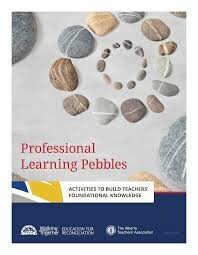
Professional Learning Pebbles- Professional Learning Pebbles is a collection of 24 short activities created by the Alberta Teachers’ Association Walking Together Project to support certificated teachers on their learning journey to meet the First Nations, Métis and Inuit Foundational Knowledge competency in the Teaching Quality Standard.
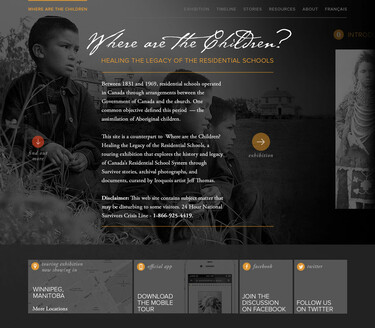
Where are the Children? Information on Residential Schools - video, audio, stories of survivors.

Empowering the Spirit - Foundational Knowledge and Lesson Ideas

Terminology Reference - There are many terms used to describe First Nations, Métis and Inuit in Canada. This Stepping Stone discusses the appropriate terms to use when referring to and discussing Canada’s Indigenous peoples.
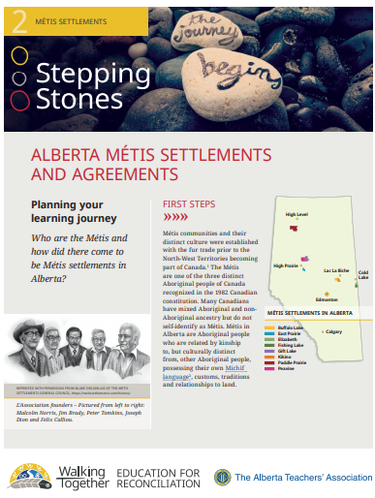
Alberta Métis Settlements and Agreements - The Métis are the largest group of self-identified Aboriginals in Canada and Alberta; therefore, it is likely the vast majority of schools in Alberta have students who self-identify as Métis. Reconciliation is about understanding the past and working together to build a new future. Who are the Métis and how did there come to be Métis settlements in Alberta? Having a knowledge of Alberta Métis history and current issues will support teachers as they work with these students and their families.
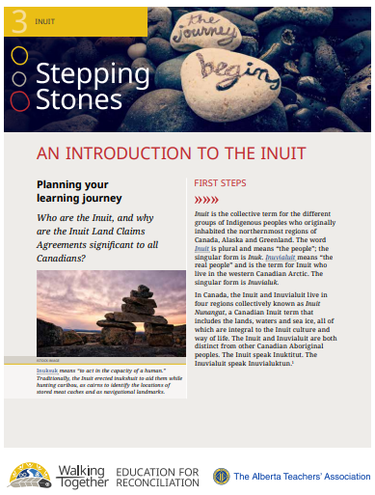
An Introduction to the Inuit - This Stepping Stone looks at who are the Inuit, and how their unique history and culture shape contemporary Inuit society.
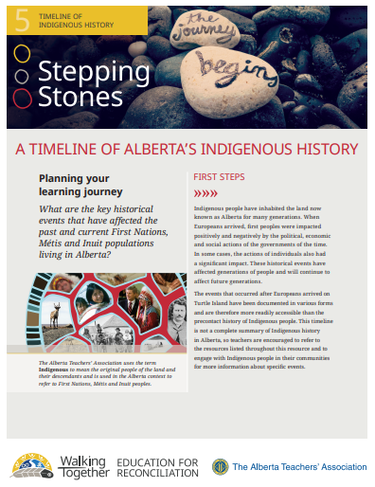
Timeline of Alberta’s Indigenous History - This Stepping Stone summarizes Alberta’s Indigenous history to support the Alberta Teachers’ Association / KAIROS Blanket Exercise.
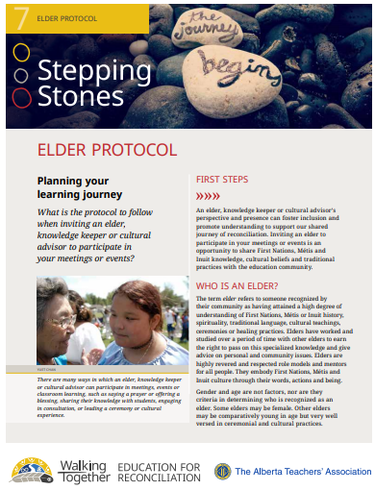
Elder Protocol - Inviting an elder to participate in meetings or events is an opportunity to share Aboriginal knowledge, cultural beliefs and traditional practices with the education community. This Stepping Stone outlines their respected roles and what protocols to follow when reaching out to them.
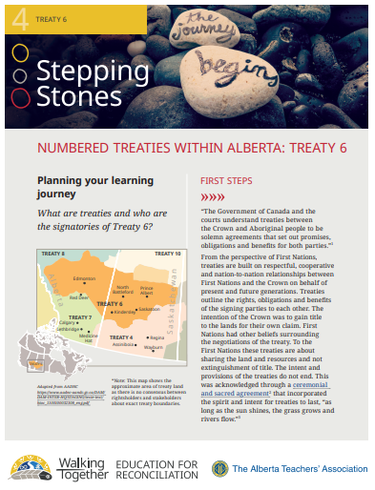
Numbered Treaties Within Alberta: Treaty 6 - This Stepping Stone reviews the history of Treaty 6, and the 17 First Nations in the central west portions of Alberta and Saskatchewan in which Treaty 6 encompasses.
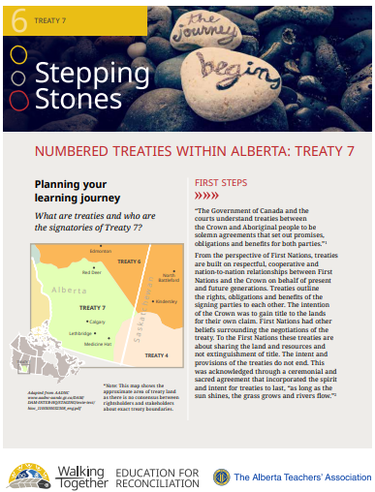
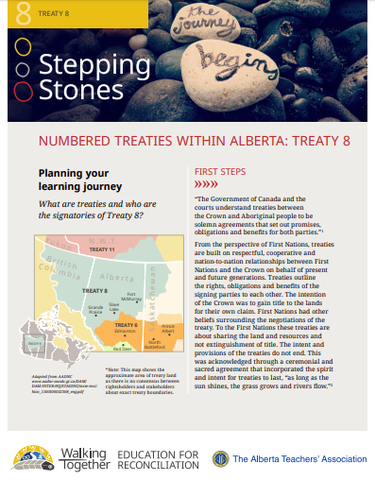
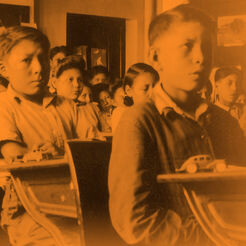
100 Years of Loss - Healing the Legacy of the Residential School Resources
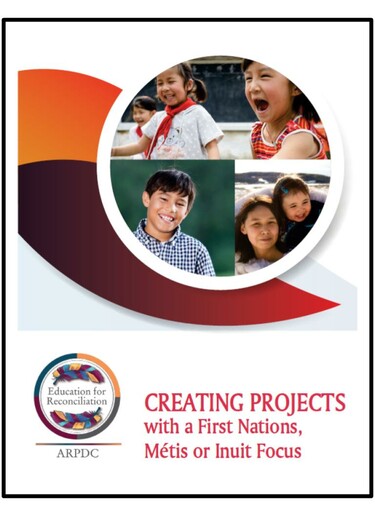
Creating Projects with a First Nations, Métis or Inuit Focus - This learning guide is designed for teachers, learning coaches and school leaders. It explains how to design and engage students in projects that begin with inquiry and end with a product, performance or service that is shared with an authentic audience. This guide is intended to be used as a toolkit, rather than as a step-by-step prescription.
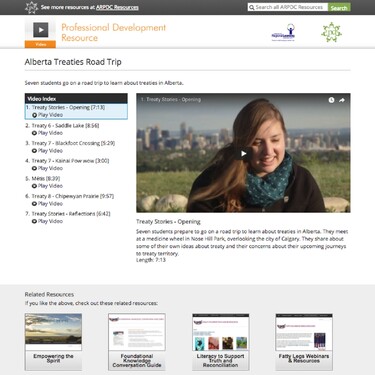
Alberta Treaty Road Trip - This video series captures the experiences of seven students going on a road trip to learn about treaties in Alberta.
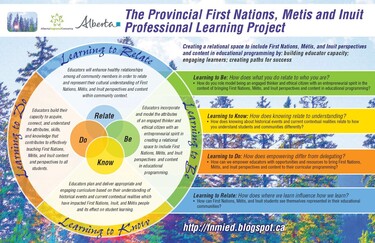

We Are All Treaty People Map - This map shows the approximate area and locations of treaty land and the encompassing First Nation language groupings of Cree, Dene, Saulteaux, Stoney, Nakoda, Sioux and Blackfoot tribes and nations. Métis settlements are included and indicated within their designated Métis Nation of Alberta.

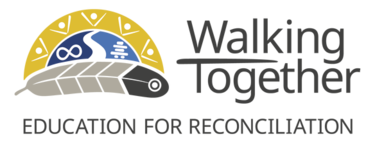
The Walking Togetherconsultants, along with the guidance of Indigenous communities, have developed workshops and resources to provide teachers with the foundational knowledge of First Nations, Métis and Inuit as outlined in Alberta Education’s new Teaching Quality Standard.The Walking Together consultants, along with the guidance of Indigenous communities, have developed workshops and resources to provide teachers with the foundational knowledge of First Nations, Métis and Inuit as outlined in Alberta Education’s new Teaching Quality Standard.

Alberta Education Education for Reconciliation Additional Teacher Resources - Guiding Voices , Our Way Is a Valid Way, Our Words, Our Ways, Sample Lesson Plans
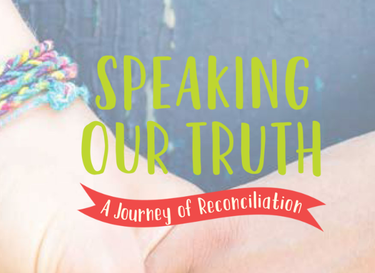
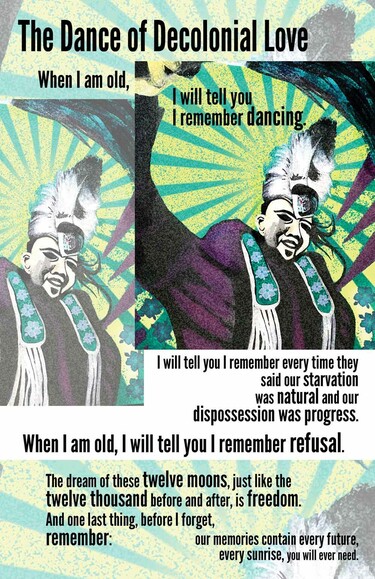
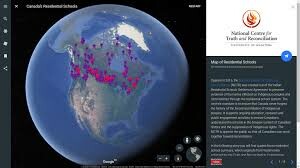
Google Map of all residential schools in Canada/Alberta - Google Earth has partnered with the National Centre for Truth and Reconciliation and Canadian. Comes with links to teacher resources.
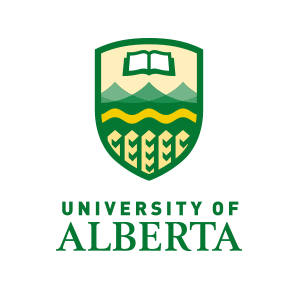
University of Alberta - Aboriginal / Indigenous Index of Web Links
This site serves the public by providing a directory of links to University of Alberta initiatives, activities, partnerships and programs related to Indigenous and Aboriginal communities.
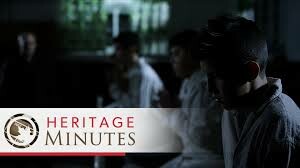


Video: The Stranger - Gord Downie

We Were Children - the profound impact of the Canadian government’s residential school system is conveyed through the eyes of two children who were forced to face hardships beyond their years. Warning: Must preview. This film contains disturbing content and is recommended for audiences 16 years of age and older.
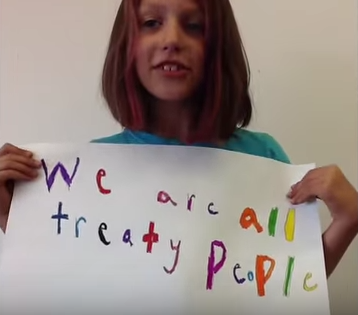
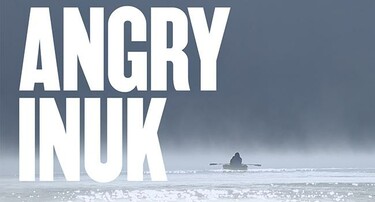
Angry Inuk - In her award-winning documentary, director Alethea Arnaquq-Baril joins a new tech-savvy generation of Inuit as they campaign to challenge long-established perceptions of seal hunting.
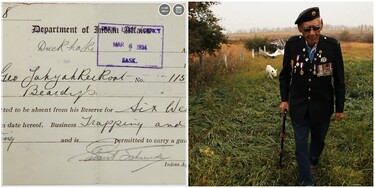
The Pass System Preview - The Pass System illuminates Canada’s hidden history of racial segregation.

Video: Cindy Blackstock on the funding gap for First Nations children
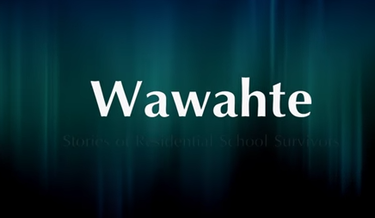
Documentary - Wawahte: Stories of Residential School Survivors
Wawahte is an educational documentary based on the book of the same title by Robert P. Wells, first published in 2012. It tells the story of Indian Residential Schools from the perspective of three of its survivors.
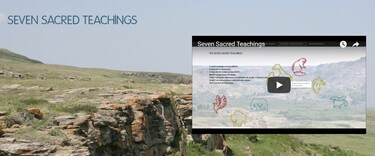

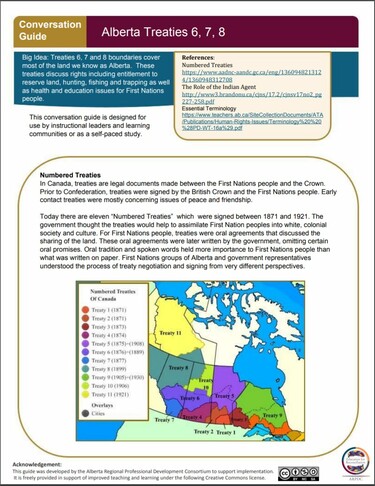
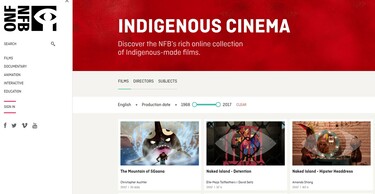
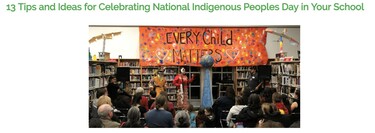
Ideas for Celebrating National Indigenous Peoples Day in Your School

Webinars by Etienna Moostoos-Lafferty (RECORDED) After Residential Schools: Restitution and Resiliency
*This requires downloading AdobeConnect. It is very simple to download and access.

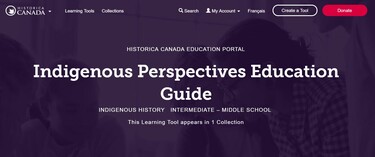

The Canadian Encyclopedia: Indian Residential Schools Settlement Agreement
